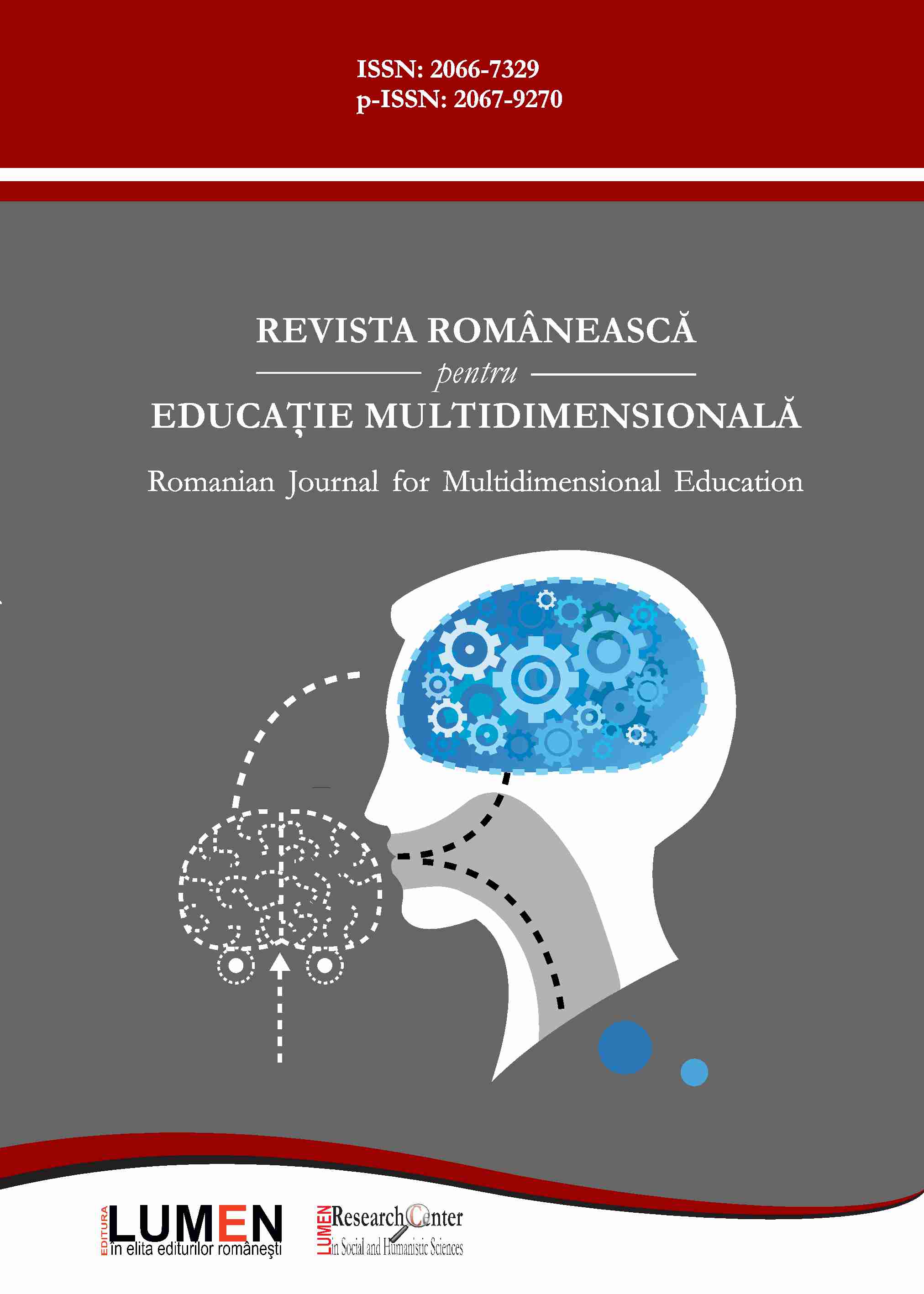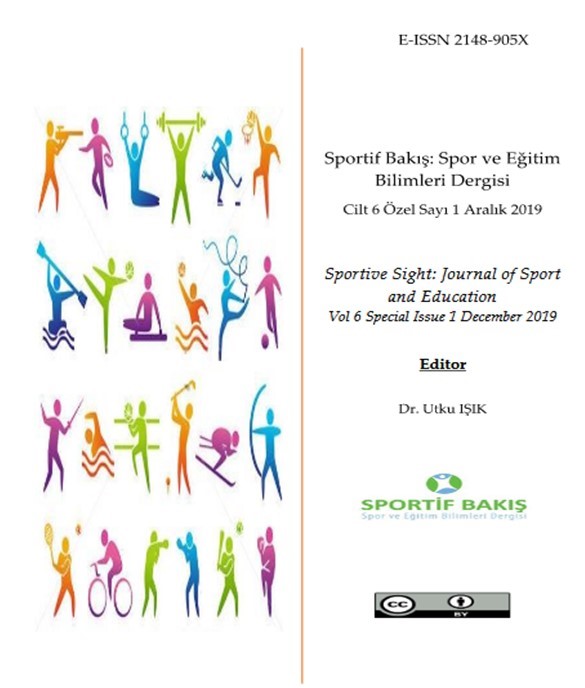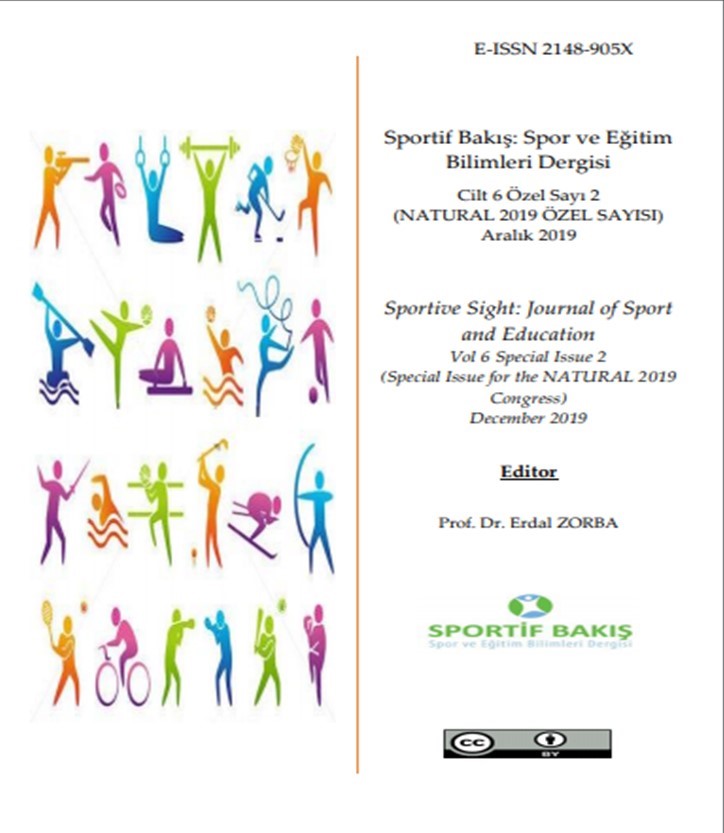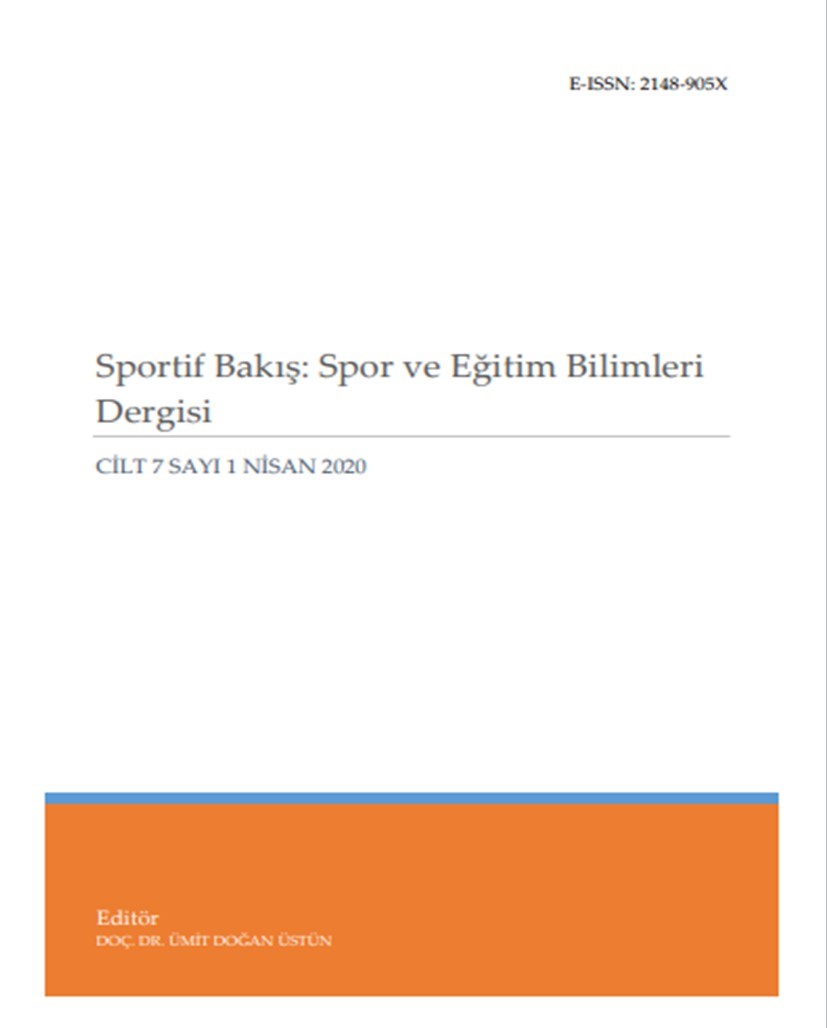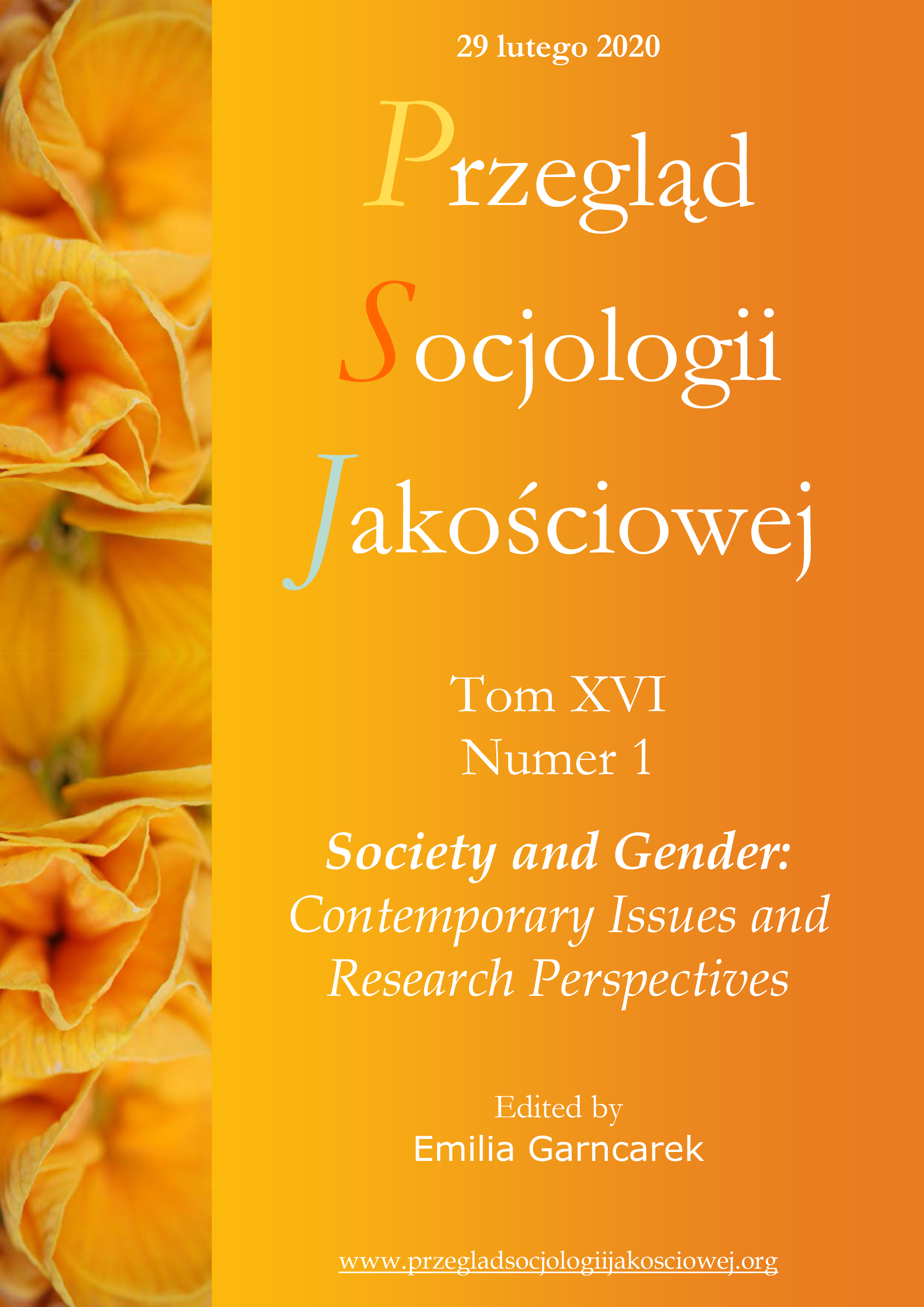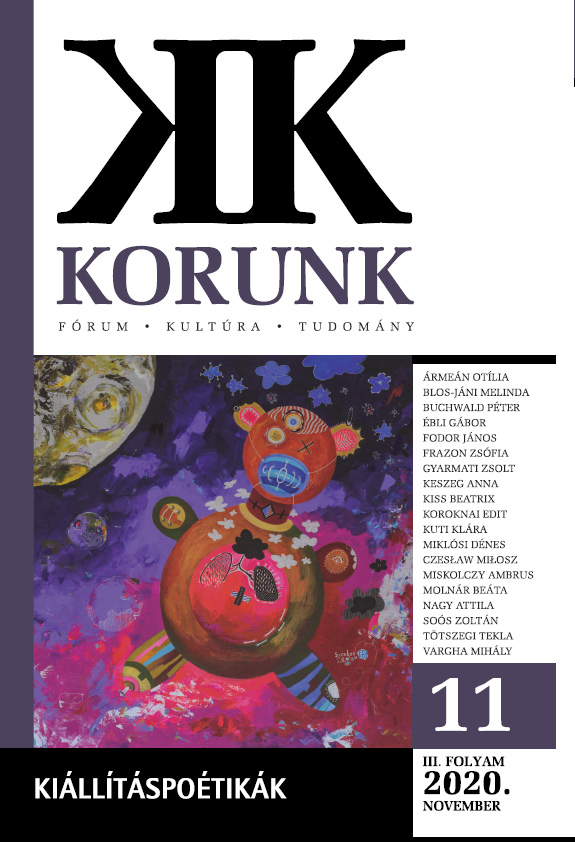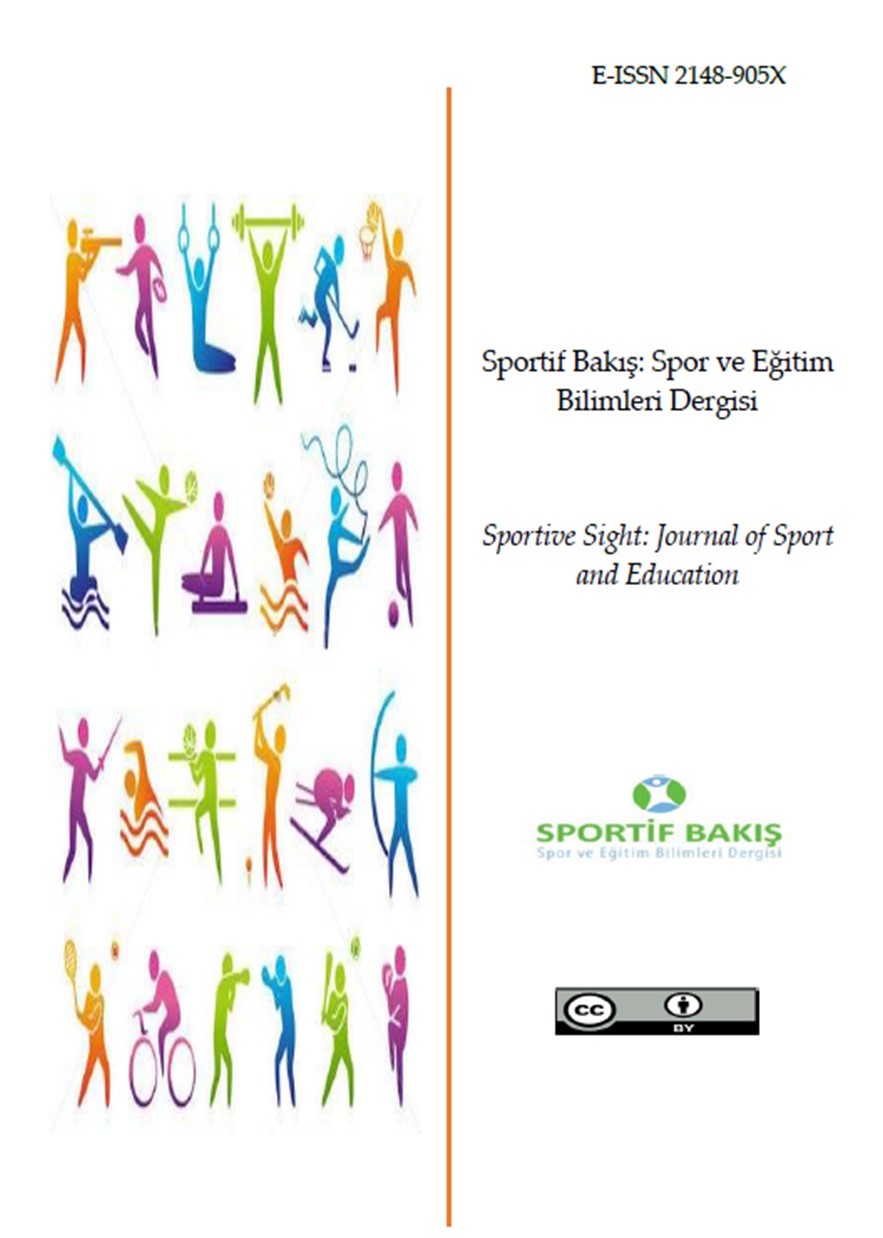
FARKLI YÜKSEKLİKLERDE YAŞAYAN GENÇ BİATLON SPORCULARININ 2000M’ DE MAKSİMAL AEROBİK EGZERSİZE AKUT TEPKİLERİNİN ANALİZİ
n the study, the acute response of the 2000m maximal aerobic test on the biathletes living at different altitudes was analyzed. A total of 67 athletes (Mean age = 14,69 ± 1,22, Mean BMI = 19.60 ± 2.29) consisting of boys and girls represent the sample of the study who were tested during the qualification process of Turkey national team. The athletes divided into two groups. Thirty-two of the athletes living above the altitude of 1500m (considered as the altitude where physiological adaptation occurs) coded as the high-altitude group, and thirty-five living below 1500m coded as the low altitude group. A shuttle-run test was applied to measure the aerobic power of the athletes. During the test, the heart rates were monitored continuously. The athletes living above 1500m showed higher VO2max and total lap score in the shuttle-run test compared to the athletes living below 1500m. But this difference was found to be statistically insignificant. The Living altitude - VO2max - Total Laps variables had positive moderate correlation each other (r = 0,363, r = 0,355). As the altitude increases, the endurance score increases. When each stage of the shuttle-run test examined, it was seen that those who live at low altitudes tend to give up the shuttle-run test earlier, although there was no difference in the mean heart rates between groups. Findings showed that the physiological response of the biathletes who had similar training history was influenced by the altitude they live on. In this respect, altitude adaptation in biathletes is thought to affect the score in competitions and national team selections.
More...

